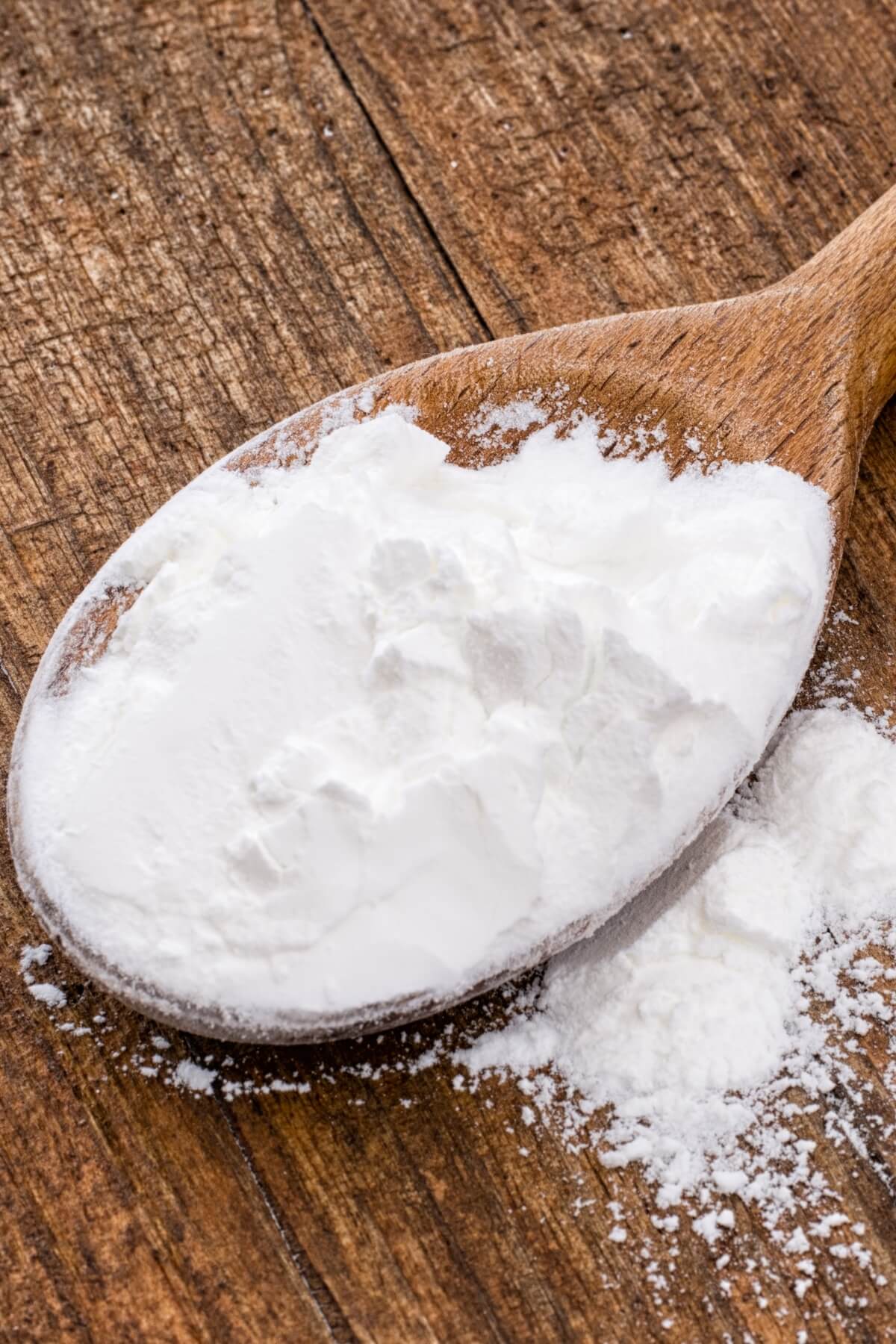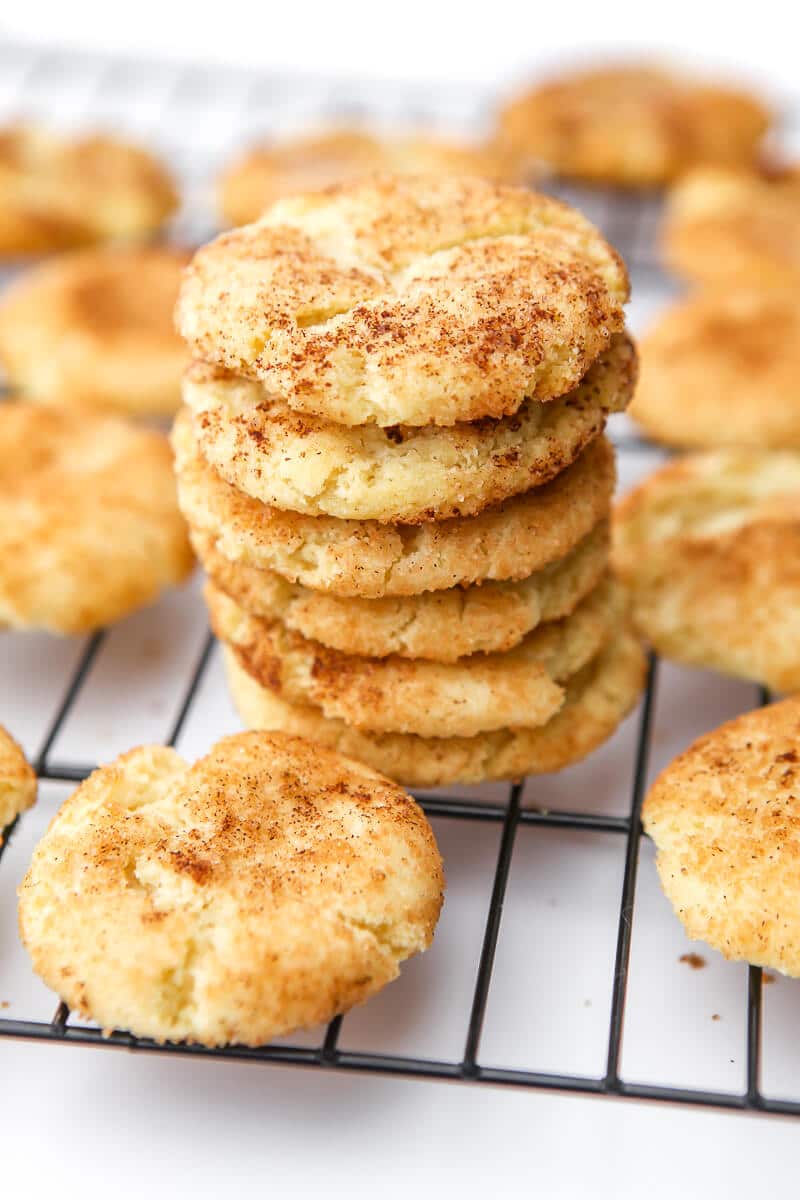Is cream of tartar vegan?
Cream of tartar is a pantry staple used in many recipes, but its name can be misleading, leaving you wondering, “Is cream of tartar vegan?” Unlike the name suggests, cream of tartar does not contain any cream, dairy, or animal products, and it is entirely plant-based!

How is cream of tartar made?
Cream of tartar is a derivative of tartaric acid, which naturally occurs in grapes and many citrus fruits. It is an acidic white powder with a pH of 5, known as potassium bitartrate (or potassium hydrogen tartrate). It is a byproduct of the winemaking process. As the grape juice ferments, crystals form on the inside of the barrels. These crystals are cream of tartar! The wine is then filtered after this process, so you don’t have to worry about isinglass in your cream of tartar.
What is cream of tartar used for?
Cream of tartar is used for a variety of applications, ranging from food to cosmetics, medicines, and cleaning products! In cooking and baking, cream of tartar is a very useful thickening agent, and it’s great for stabilizing meringues and cakes. It also prevents the crystallization of sugar in cookies and acts as a leavening agent when combined with baking soda.
As a vegan substance, cream of tartar is very useful in vegan baking, helping you achieve the stiff peaks of meringue cookies or pies, all without eggs. Vegan meringue can be made from aquafaba, the liquid from cans of chickpeas. Adding cream of tartar to your recipe will make it take less time to achieve a stiff meringue. It is also a key ingredient in snickerdoodle cookies, as it gives them their classic tangy taste and chewy texture.

Is cream of tartar gluten-free?
Along with being free of animal-derived ingredients, pure cream of tartar is most often gluten-free! Because it’s a product of the wine fermentation process, there are no grains involved in its production. The only time you need to be concerned is if the cream of tartar is processed in a facility that produces products that contain gluten. If you are avoiding gluten, make sure that a gluten-free brand produces your cream of tartar. Some gluten-free cream of tartar brands include Unpretentious Baker, Pure, and Judee’s Gluten Free.
What is the shelf life of cream of tartar?
As long as you store your cream of tartar in a cool, dry space, it should last indefinitely! If you’re questioning whether or not your cream of tartar has gone bad, you can test it by giving it a sniff. It should have a mildly acidic fragrance, and the texture should be white and powdery.

What replaces cream of tartar?
If you have already started baking and realized you don’t have any cream of tartar on hand, you have a few options for substitutions. The most suitable replacement will depend on the type of recipe you’re making, so you may need to do a bit of research first. Some substitutes for the cream of tartar include baking powder, white vinegar, and lemon juice.
Typically, lemon juice and white vinegar can be used in recipes where you are trying to stabilize meringues or prevent crystallization. Keep in mind, however, that vinegar has a strong taste and may not be suitable for baked goods.
If your recipe contains both baking soda and cream of tartar, baking powder serves as a great substitute. Typically, you can substitute 1.5 teaspoons for every 1 teaspoon of cream of tartar.

Recipes that use cream of tartar
- Aquafaba Whipped Cream
- Vegan Marshmallows
- Aquafaba Icecream
- Vegan Meringue
- Vegan Snickerdoodles
- Aquafaba Chocolate Mousse
- Vegan Angel Food Cake
- Vegan Candied Pecans
📌 Be sure to follow me on Pinterest for new vegan recipes!




